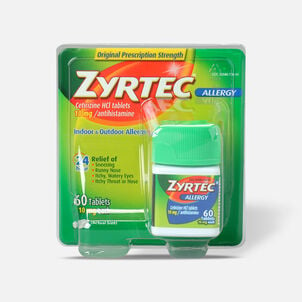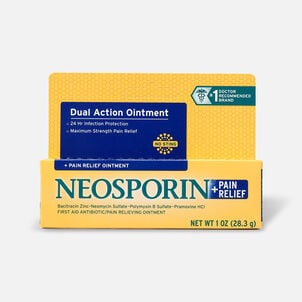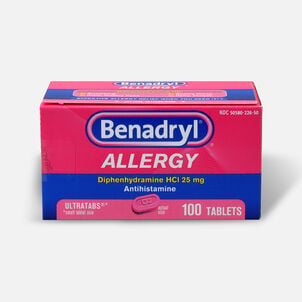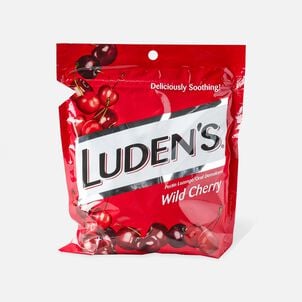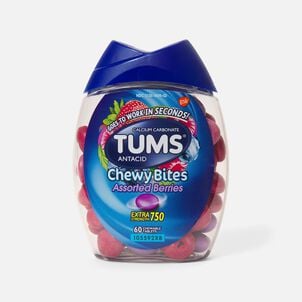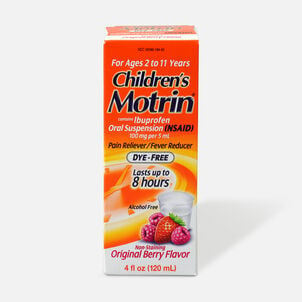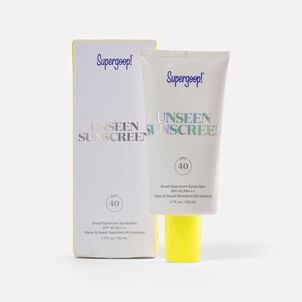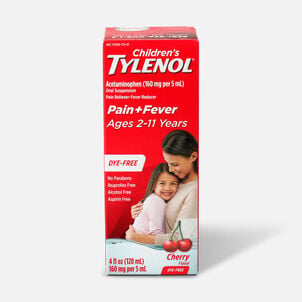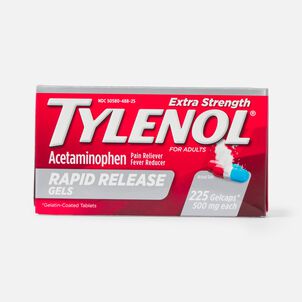Flex-Ed: What's a "cafeteria plan" (and what can I put on my tray)?

Many Americans look at their pay stubs and see that they've paid some money to a "cafeteria plan." And nearly as many wonder what it is, and why they're paying for this on top of their health insurance.
A cafeteria plan provides a way for you to set aside tax-free dollars for qualified types of benefits coverage. It can be used for a variety of benefits, kind of like how cafeterias let you grab a tray, choose from a bunch of different options down the line, and… yeah, I think you've got the idea.
If this all sounds familiar, it's because if your employer offers health insurance, you likely have a cafeteria plan from your own company. When cafeteria plans are offered, you can pay for your health insurance premiums pre-tax and you can add a lot of tax-free extras, like retirement contributions, disability and life insurance, child adoption assistance, and of course, flexible spending accounts (FSAs).
So, how are cafeteria plans different?
To be considered a cafeteria plan, there are three main requirements the plan has to follow, according to IRS Section 125:
- Tax-free benefits. Employees can pay health premiums and retirement deposits, among other benefits, with tax-free money.
- A minimum of one taxable benefit option. This means that the government views it as part of the employee's salary, and employees must be offered a choice between taxable and non-taxable benefits (taxable benefit being cash).
- There must be a written Plan Document. This will outline the rules surrounding the plan, like who'll be eligible to participate and any restrictions on elections.
Of course, what you choose is your call, meaning you only elect what you wish to contribute so you're not paying for benefits you don't need, or access to services you don't want.
Your health benefits, your choice
There are plenty of benefits available with a cafeteria plan, but for anyone wondering about flex spending possibilities, here are three standout options available with a section 125 plan:
- Premium Only Plan (POP)
With a POP, you can set aside tax-free dollars from your salary to pay for your health insurance premium contribution. With this plan, companies allow what would be a post-tax employee contribution to their group insurance to be pre-tax contributions. As a result, both the employee and employer see tax savings, as long as the company files the proper paperwork to make it happen.
- Flexible Spending Account (FSA)
If you're reading this, then you're probably already familiar with these (and why we recommend them for so many people). By going with the FSA, you put aside a certain amount of funds each paycheck towards a total annual contribution amount, and have access to your full annual election of funds on day one for any FSA-eligible expenses, tax-free.
- Dependent Care Flexible Spending Account (DCFSA)
DCFSAs are for those with dependent children up to age 13, or adult parents who meet the requirements of these plans (check with your administrator about when a parent may qualify). With a DCFSA you can set aside up to $5,000 to be spent on qualified childcare expenses. Services like daycare, a nanny and even summer camps are included.
(There's a lot more to say on DCFSAs -- luckily, we've already broken it down for you.)
Are there any negatives to cafeteria plans?
Again, if you're familiar with FSAs, you understand that you need to use any funds within a plan year, or you risk losing them. And, barring a life changing event, like getting married or welcoming new members into your household, most employees have to wait until the end of the plan year before making changes to their contributions.
Good news all around
Bottom line? Money savings for everyone. A properly administered cafeteria plan can result in savings of 25-40% percent of every dollar an employee contributes to their plan. And the employer also sees savings on FICA withholding tax for each participating employee, which usually works out to roughly $160 per year.
Knowledge of your benefits is power (and money). So spend some time thinking about how all these benefit choices can help boost your bottom line. The more you elect, the more tax-deferred dollars you save long term. Food for thought, no?
-
Thank you for visiting the FSA Store Learning Center. Don’t forget to follow us for more helpful tips on Facebook, Instagram, and Twitter.


